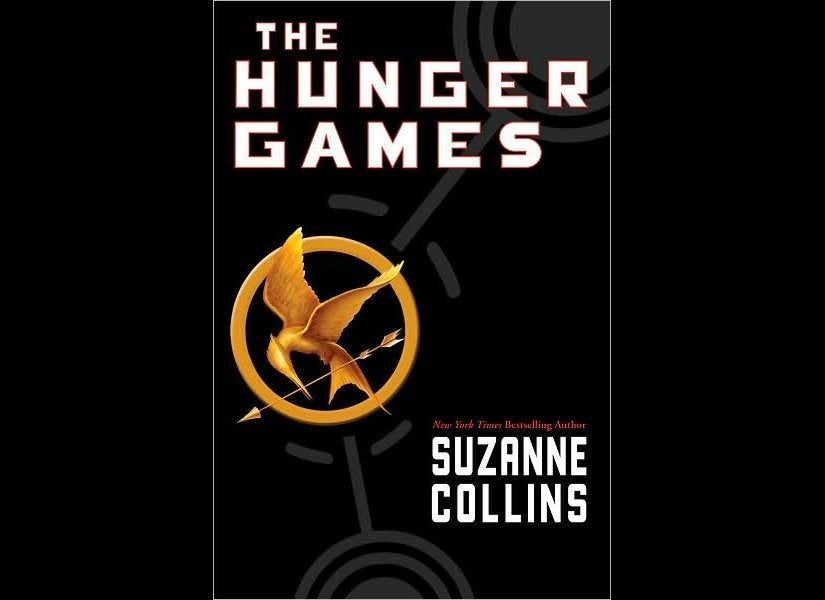Concern is growing among teachers and parents that literary classics will go the way of the dinosaurs under a set of new national curricular standards.
The Common Core State Standards, academic benchmarks that have been adopted by 46 states, call for 12th grade reading to be 70 percent nonfiction, or "informational texts" -- gradually stepping up from the 50 percent nonfiction reading required of elementary school students.
The Common Core standards focus on teaching fewer subjects in greater depth, replacing a melange of educational expectations that vary wildly across districts and states. Proponents of the standards, like the National Governors Association and the Council of Chief State School Officers, say too many students are not college or career-ready because they have suffered from years of easy reading and poor training in synthesizing more complex reading materials.
But the new guidelines are increasingly worrying English-lovers and English teachers, who feel they must replace literary greats like The Great Gatsby and Catcher in the Rye with Common Core-suggested "exemplars," like the Environmental Protection Agency's Recommended Levels of Insulation and the California Invasive Plant Council's Invasive Plant Inventory.
Jamie Highfill, an eighth-grade English teacher at Woodland Junior High School in Fayetteville, Ark., and 2011 Arkansas Teacher of the Year, told the Washington Post she's already had to drop short stories and a favorite literary unit to make time for essays by Malcolm Gladwell from his social behavior book The Tipping Point.
“I’m struggling with this, and my students are struggling,” Highfill told the Post. “With informational text, there isn’t that human connection that you get with literature. And the kids are shutting down. They’re getting bored. I’m seeing more behavior problems in my classroom than I’ve ever seen.”
David Coleman, who headed the process of writing the standards, told the Post that principals and teachers are misreading the guidelines. The boost in informational texts, he says, is intended across disciplines: When social studies, science and math teachers increase nonfiction and informational reading assignments, English teachers won't have to alter their literature lessons.
But that intent is often unrealized in practice. In a paper by the Pioneer Institute, a Boston-based public policy think tank that is critical of the Common Core, language arts experts Sandra Stotsky and Mark Bauerlein claim that literature will inevitably have a lesser presence in curricula, as English teachers remain the ones held accountable for meeting reading standards in fiction and nonfiction alike.
"It's hard to imagine that low reading scores in a school district will force grade 11 government/history and science teachers to devote more time to reading instruction," Stotsky and Bauerlein wrote.
They also argue that the rush to switch from literature to informational texts is short-sighted, as the skills students develop in understanding complex literature are crucial to college learning and careers. Bauerlein told Education Week the problem worsens when teachers make "weak" nonfiction text choices.
"If we could ensure that the kinds of stuff they're choosing are essays by [Ralph Waldo] Emerson or Booker T. Washington's Up From Slavery, then that would be wonderful," he said. "Those are complex texts, with the literary features that make students better readers in college."
Results from the National Center for Education Statistics' analysis of fourth- and eighth-grade vocabulary scores from 2009 and 2011 reading comprehension exams found that even the highest-scoring students on average couldn't perform above 67 percent. National Assessment Governing Board Executive Director Cornelia Orr called the vocabulary results a "crisis" in education.
Compounding that data is a March report by Renaissance Learning, Inc. revealing that American high school students are reading books intended for children at levels far below those appropriate for teens. A compilation of the top 40 books read by students in grades 9 through 12 showed that the average text's reading level was 5.3 -- barely above the fifth grade.
